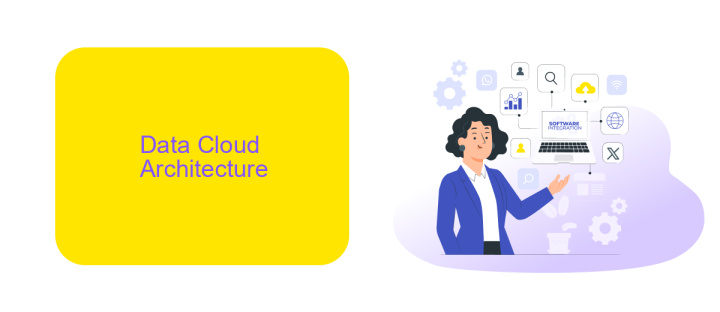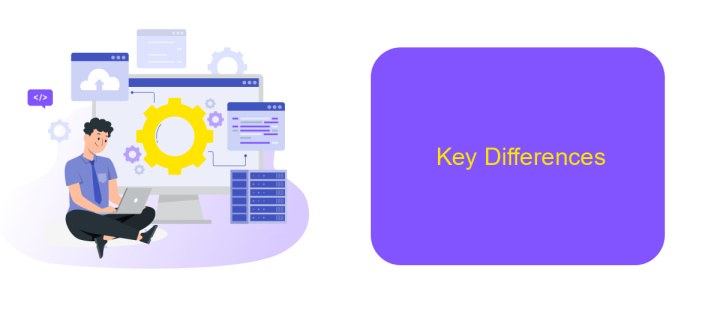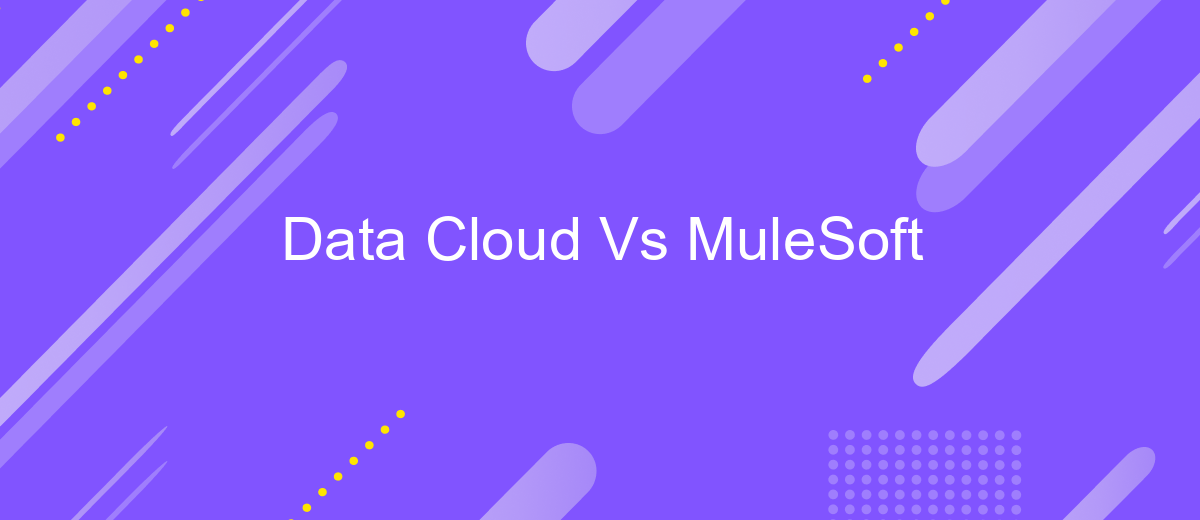Data Cloud Vs MuleSoft
In today's rapidly evolving digital landscape, businesses are increasingly relying on advanced integration platforms to streamline their operations and enhance data management. Two prominent solutions in this space are Data Cloud and MuleSoft. This article delves into a comparative analysis of these platforms, exploring their features, benefits, and potential use cases to help organizations make informed decisions.
Introduction
In the rapidly evolving landscape of data integration and management, businesses are increasingly faced with the challenge of choosing the right tools to streamline their operations. Data Cloud and MuleSoft have emerged as two prominent solutions, each offering unique features and capabilities.
- Data Cloud: A comprehensive platform for managing and analyzing large volumes of data from various sources.
- MuleSoft: A leading integration platform that connects applications, data, and devices with APIs.
- ApiX-Drive: An efficient service that simplifies the process of automating integrations between different applications without the need for coding.
Understanding the strengths and limitations of each platform is crucial for businesses aiming to optimize their data workflows. While Data Cloud excels in data storage and analytics, MuleSoft's robust API-led connectivity offers seamless integration capabilities. Additionally, services like ApiX-Drive can further enhance integration processes, providing a user-friendly interface for connecting various applications effortlessly. This article will delve into the comparative analysis of Data Cloud and MuleSoft, helping you make an informed decision for your business needs.
Data Cloud Architecture

Data Cloud architecture is designed to manage, store, and process vast amounts of data across distributed systems. It typically comprises several layers, including data ingestion, storage, processing, and analytics. The ingestion layer collects data from various sources, such as IoT devices, social media, and enterprise applications. This data is then stored in scalable storage solutions like data lakes or data warehouses, ensuring efficient data management and retrieval. The processing layer utilizes powerful computing resources to transform and analyze the data, leveraging technologies such as Apache Spark or Hadoop.
To facilitate seamless integration between different data sources and applications, services like ApiX-Drive can be employed. ApiX-Drive offers a user-friendly platform for setting up automated data workflows, enabling organizations to connect disparate systems without extensive coding. This integration layer ensures that data flows smoothly between various components of the Data Cloud architecture, enhancing data accessibility and usability. Finally, the analytics layer provides tools and frameworks for data scientists and analysts to derive insights, supporting data-driven decision-making processes across the organization.
MuleSoft Architecture

MuleSoft's architecture is designed to provide a unified platform for connecting applications, data, and devices. It leverages an integration platform called Anypoint Platform, which includes various tools and services to facilitate seamless integration across different environments, whether on-premises or in the cloud.
- Anypoint Studio: A powerful, Eclipse-based IDE for designing, testing, and deploying APIs and integrations.
- Anypoint Exchange: A collaborative hub for discovering, sharing, and reusing APIs, connectors, templates, and other integration assets.
- Anypoint Connectors: Pre-built connectors that simplify integration with various systems, including databases, SaaS applications, and protocols.
- API Manager: A comprehensive tool for managing, securing, and analyzing APIs throughout their lifecycle.
- Runtime Manager: A centralized platform for deploying, monitoring, and managing Mule applications and APIs.
In addition to these tools, services like ApiX-Drive can further enhance integration capabilities by providing automated workflows and seamless data synchronization between diverse applications. By leveraging MuleSoft's robust architecture, organizations can efficiently streamline their integration processes, ensuring agility and scalability in their digital transformation efforts.
Key Differences

Data Cloud and MuleSoft serve different purposes in the realm of data management and integration. While Data Cloud focuses on storing, managing, and analyzing large volumes of data, MuleSoft specializes in connecting various applications and services through APIs.
One of the key differences lies in their primary functionalities. Data Cloud solutions are designed to handle vast amounts of data, providing tools for data warehousing, big data analytics, and real-time data processing. On the other hand, MuleSoft's Anypoint Platform offers a comprehensive suite for API management, enabling seamless integration between disparate systems.
- Data Handling: Data Cloud excels in managing and analyzing data, while MuleSoft focuses on integrating applications.
- Integration Capabilities: MuleSoft provides robust API management tools, whereas Data Cloud lacks these features.
- Use Cases: Data Cloud is ideal for data storage and analytics, while MuleSoft is better suited for application integration.
- Third-Party Integration: Services like ApiX-Drive can enhance MuleSoft's integration capabilities by automating workflows between various apps and services.
In summary, while both Data Cloud and MuleSoft play crucial roles in modern data ecosystems, they cater to different needs. Data Cloud is your go-to for data-centric tasks, whereas MuleSoft excels in application connectivity and API management.
Applications
Data Cloud applications are primarily focused on providing scalable, secure, and efficient data storage and analytics solutions. These applications enable businesses to store vast amounts of data, perform real-time analytics, and gain insights that drive decision-making processes. With features like automated data backup, high availability, and machine learning integration, Data Cloud platforms ensure that organizations can manage their data lifecycle effectively. Additionally, they offer robust security measures to protect sensitive information, making them ideal for industries that handle large datasets and require stringent compliance.
On the other hand, MuleSoft applications are designed to facilitate seamless integration between various systems, applications, and services. MuleSoft's Anypoint Platform allows businesses to connect their data, applications, and devices with APIs, enabling a unified and streamlined workflow. Tools like ApiX-Drive can further enhance these integrations by providing easy-to-use interfaces for setting up and managing API connections without extensive coding knowledge. This makes it possible for businesses to automate processes and synchronize data across different platforms, ensuring that all systems work cohesively to support business operations.
- Automate the work of an online store or landing
- Empower through integration
- Don't spend money on programmers and integrators
- Save time by automating routine tasks
FAQ
What is the primary difference between Data Cloud and MuleSoft?
Can Data Cloud and MuleSoft be used together?
Which platform is better for API management?
Is it possible to automate integrations without using MuleSoft?
Do I need coding skills to use Data Cloud or MuleSoft?
Apix-Drive will help optimize business processes, save you from a lot of routine tasks and unnecessary costs for automation, attracting additional specialists. Try setting up a free test connection with ApiX-Drive and see for yourself. Now you have to think about where to invest the freed time and money!


